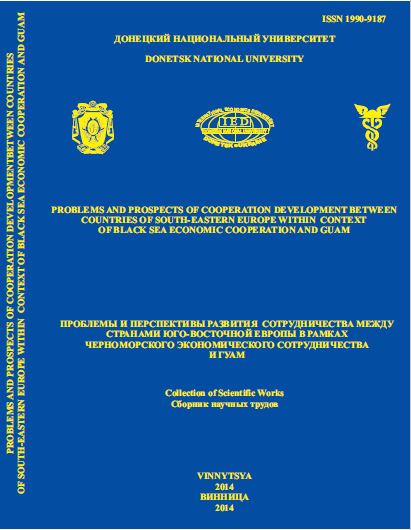Structural changes in tourism. MNCs and SMEs: Threats and challenges
Keywords:
tourism, SMEs, MNCs, development strategies, internationalization of tourism demandAbstract
The article describes the new structural trends of tourism companies. The tourism worldwide is dominated by small business (SMEs). However? The liberalization and globalization of the world economy have led to a growing integration of markets not only for goods and capital, but for services too. This has had an inevitable influence on the development of the tourism industry. The extensive internationalization of tourism demand has forced companies involved in tourism to create large corporations (MNCs), international strategic alliances and other forms of co-operation.References
Gartner, W.C. and D.W. Line (2000), eds. Trends in Outdoor Recreation, Leisure and Tourism. Oxon, New York: CABI Publishing
Keller, P. (2001). Tourism growth and global competition. In Tourism Growth and Global Competition, eds. Keller, P. and T. Bieger. St. Gallen: AIEST, Vol.43, XI-XXV
Smeral, E. (2001). Beyond the myth of growth in tourism, in Tourism Growth and Global Competition, eds. Keller , P. and B.Thomas, AIEST 51st Congress 2001, Vol 43, Malta
Wanhill, S. (2000). Small and Medium Tourism Enterprises. Annals of Tourism Research. 27 (1), 132-1467
Buhalis, D., Darcy, S. Accessible Tourism: Concepts and Issues. Channel View Publications, Bristol, UK, 2011. – [Режим доступу]: http:// www.channelviewpublications.com/display.asp?isb=9781845411602
Endo , K. Foreign direct investments in tourism – Flows and volumes. Tourism Management, 27(4), 600-614, 2006
Porter, M.E. Development strategies for the 21st century social progress and competitive growth, 2013. - [Режим доступу]: www.socialprogressimperative.org

